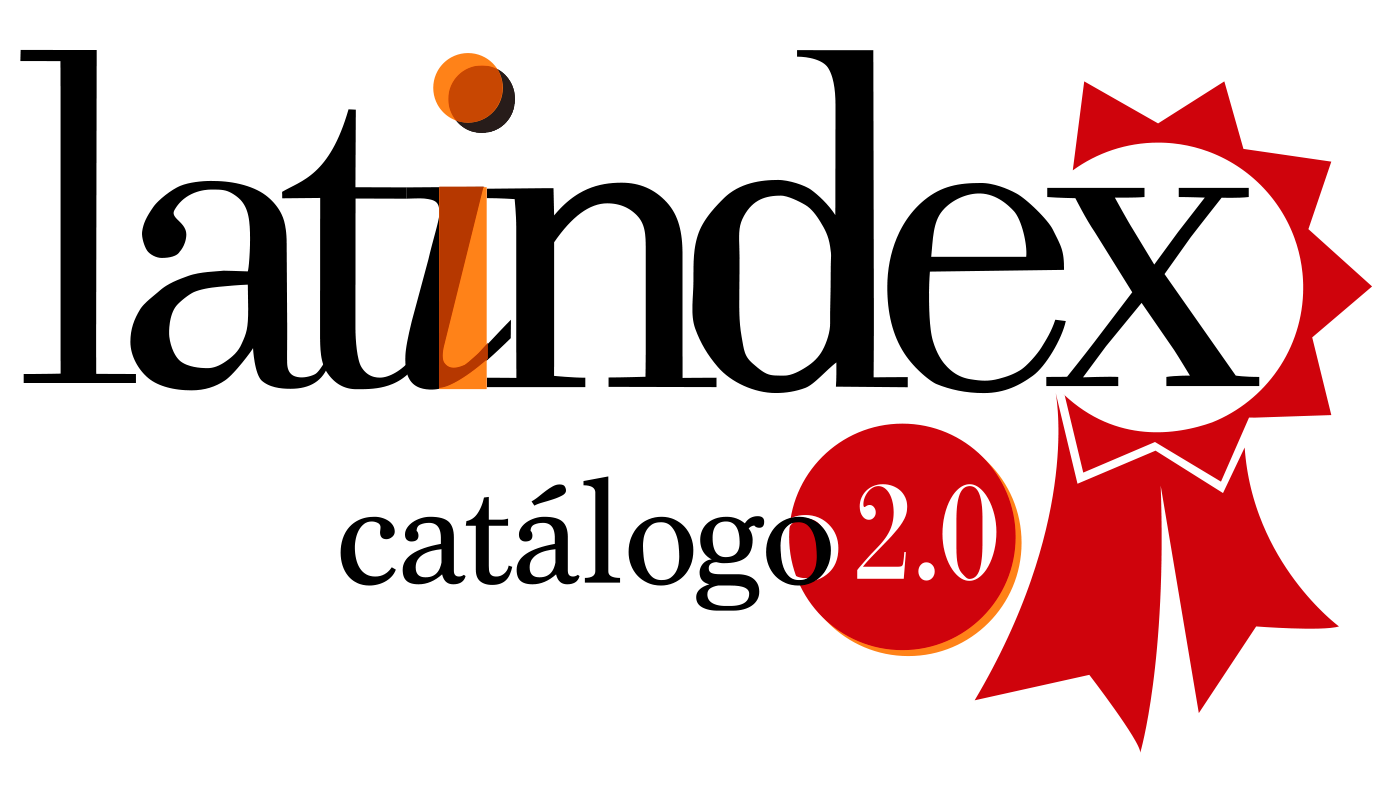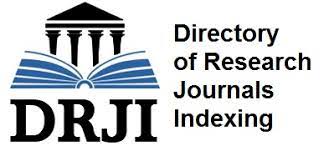Approaches for a naturalistic aesthetic
Human nature and cultural ontology
DOI:
https://doi.org/10.24310/NATyLIB.2022.vi16.13931Keywords:
naturalistic aesthetic, Denis Dutton, human nature, cultural ontology, corporalityAbstract
In this article I argue that any naturalistic aesthetic implicitly assume two fundamental premises as a methodological principle: that (i.) human nature is conditioned, limited and made possible by the natural biological structure of the human organism, and that (ii.) human culture — in this case specifically artistic creation and aesthetic experience — is constituted within the limits posed and made possible by the human organism. I will point out some of the implications that this understanding of human nature and this cultural ontology have for aesthetics as a philosophical discipline in the non-dualistic conceptual framework of philosophical naturalism.
Downloads
Metrics
References
Dutton, D. (2010): El instinto del arte: Belleza, placer y evolución humana. (Vol. 47). Barcelona: Paidós.
Choza, J. L. (2016): «Corporalidad y sensibilidad. Bases de la estética», en Choza, J. L., Manual de Antropología Filosófica. Sevilla: Thémata. 213-242.
—«Instintos y tendencias. Bases de la ética», en id., Manual de Antropología Filosófica. 265-282.
—«Autoconciencia e inconsciente», en id., Manual de Antropología Filosófica. 377-421.
Díaz-Benjumea, L. J. (2003): «El psicoanálisis y la psicología cognitiva-evolutiva: un intento de integración [Migone, P., Liotti, G., 1998]», Aperturas Psicoanalíticas. Revista Internacional de Psicoanálisis, 15. http://www.aperturas.org/articulo.php?articulo=272
Durieux, L. (2021): «Teleonomía y función biológica. Una investigación sobre las raíces y las virtualidades de la teleonomía según Konrad Lorenz». Naturaleza y Libertad. Revista de Estudios Interdisciplinares, (15). DOI: https://doi.org/10.24310/NATyLIB.2021.vi15.12427
Fernández, O. J. (2010): «Neurosociedad en perspectiva compleja», Revista Digital de Sociología del Sistema Tecnocientífico, 16. URI:
http://uvadoc.uva.es/handle/10324/9279
Luz, D. (8 de julio de 2009): «Superan con ciencia las barreras del arte». México: Reforma.
Lorenz, K. (2016): Fundamentos de la etología. Estudio comparado de las conductas. Barcelona: Paidós.
Massimini, F., & Fave, A. (2000): «Individual development in a bio-cultural perspective», American Psychologist, 55(1), 24-33. DOI: https://doi.org/10.1037/0003-066X.55.1.24
Nadal, M., & Skov, M. (2015): «Neuroesthetics», en Smelser, N. J., & Baltes, P. B. (Eds.). (2001). International Encyclopedia of the Social & Behavioral Sciences (Vol. 11). Elsevier: Amsterdam, pp. 656-663
Nadal, M., Capó, M. Á., Munar, E., & Cela-Conde, C. J., (2009): «La evolución de la apreciación estética», Estudios de Psicología, 30(1), 3-20. DOI: https://doi.org/10.1174/021093909787536272
Pearce, M. T., Zaidel, D. W., Vartanian, O., Skov, M., Leder, H., Chatterjee, A. & Nadal, M. (2016): «Neuroaesthetics: The cognitive neuroscience of aesthetic experience», Perspectives on Psychological Science, 11(2), 265-279. DOI: https://doi.org/10.1177/1745691615621274
Schopenhauer, A. (2018): «Del instinto y del impulso formador», en Schopenhauer, A., El mundo como voluntad y representación. (Vol. 2). Barcelona: Editorial Gredos, pp. 374-380.
Silvestre, F. L. (2010): «Darwin y el sentido de la belleza», Enrahonar: An International Journal of Theoretical and Practical Reason, (45), 85-94. https://raco.cat/index.php/Enrahonar/article/view/210158
Tafalla, M. (2019): «La apreciación estética», en Ecoanimal: una estética plurisensorial, ecologista y animalista. Plaza y Valdés: Madrid, pp. 19-64.
—«Los sentidos estéticos en la filosofía moderna», en id., Ecoanimal: una estética plurisensorial, ecologista y animalista. pp. 65-92.
Zavala, J. C., & Vargas, L. A. (2012): «La adquisición de la lengua como proceso biocultural», Anales de Antropología, (Vol. 46), 225-250. OJS: http://ojs.unam.mx/index.php/antropologia/article/view/30731
Downloads
Published
How to Cite
Issue
Section
License
Those authors who have publications with this journal, accept the following terms:
1. Copyright and licensing information are clearly described on the journal’s web site: all content published in Naturaleza y Libertad is open acces without limit, and are subject to the Attribution-NonCommercial-ShareAlike 4.0 International (CC BY-NC-SA 4.0) license. The full text of which can be consulted at https://creativecommons.org/licenses/by-nc-sa/4.0/
2. It is the responsibility of the authors to obtain the necessary permissions for the images that are subject to copyright. The authors whose contributions are accepted for publication in this journal will retain the non-exclusive right to use their contributions for academic, research and educational purposes, including self-archiving or deposit in open access repositories of any kind. The electronic edition of this magazine is edited by the Editorial de la University of Malaga (UmaEditorial), being necessary to cite the origin in any partial or total reproduction.
3. This journal allows and encourages authors to publish papers on their personal websites or in institutional repositories, both before and after their publication in this journal, as long as they provide bibliographic information that accredits, if applicable, your posting on it.
4. In no case will anonymous papers be published.





18.png)













